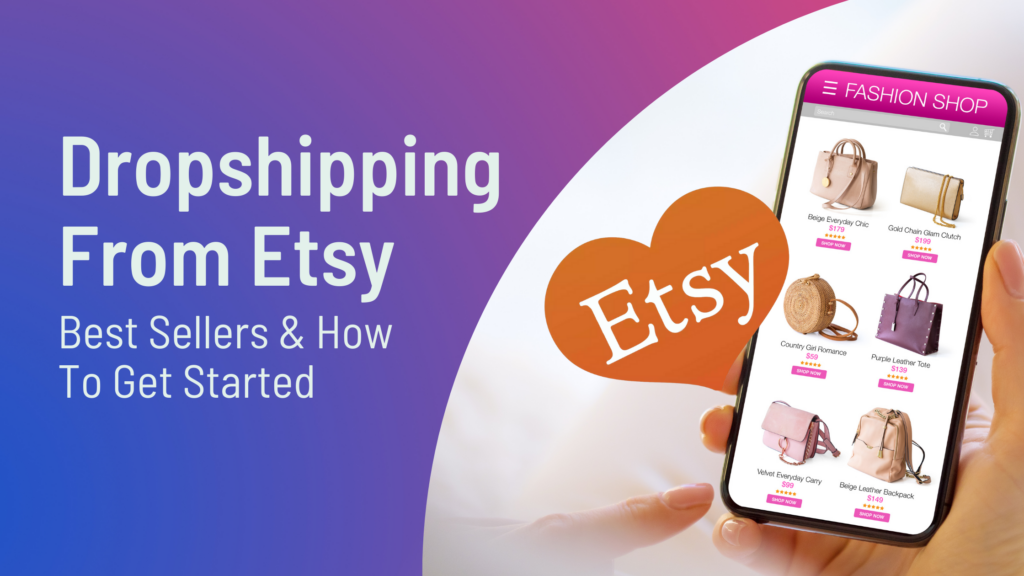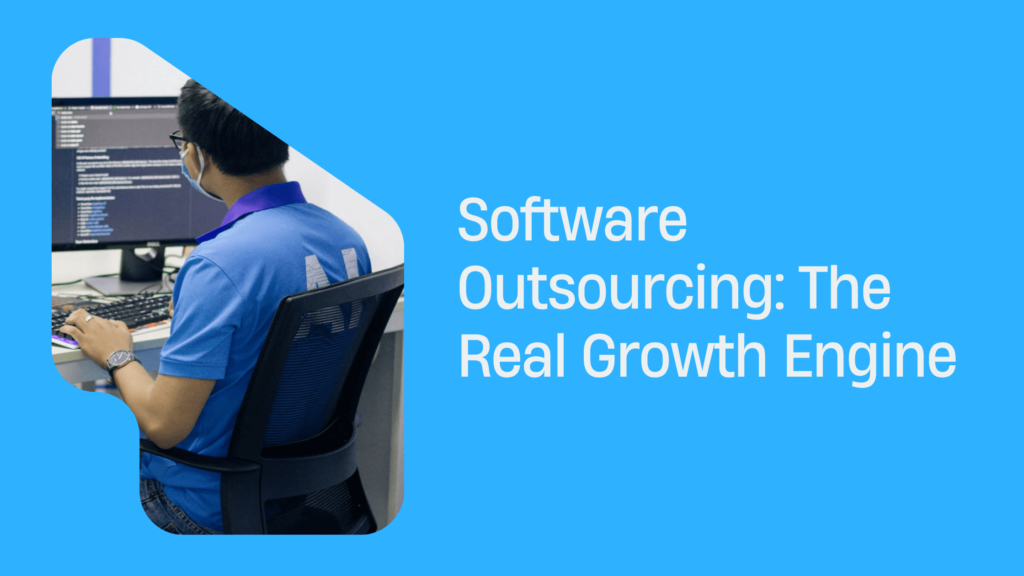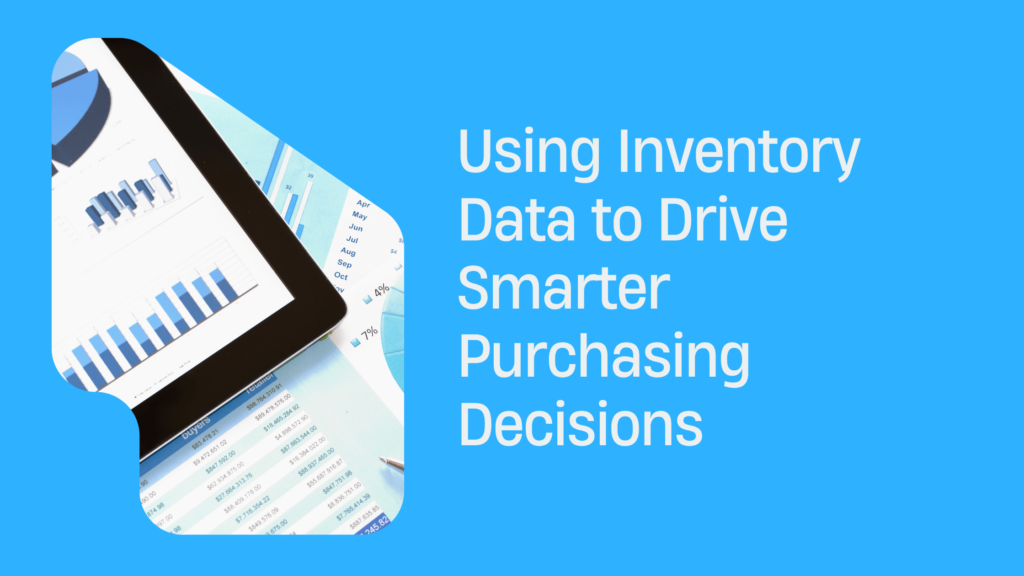Dropshipping From Etsy Best Sellers & How To Get Started
Introduction to Dropshipping
Dropshipping is a way of running an online store where you don’t keep any inventory yourself. Let’s understand this with an example, suppose you have an online store that sells phone cases. In dropshipping, you won’t buy a full stock of cases beforehand. When a customer orders a phone case, you forward the order to the supplier. The supplier is the one keeping the stock. The supplier will then pack the order and dispatch it directly to the customer. You connect the supplier with the customer.
There are a lot of reasons why dropshipping is popular and we are going to explain some of them. You don’t need much money to start as you don’t need to buy the inventory. You can start dropshipping with less money compared to traditional stores. Another benefit is that you can offer a large selection of products from different suppliers without worrying about storage space. You can also manage your dropshipping business from anywhere with an internet connection.
However strong a business is, the advantages are always accompanied by some challenges. Dropshipping is popular, so you’ll need to work hard to stand out from the crowd. Because you’re not buying in bulk, you might earn a smaller profit per sale compared to buying wholesale. You rely on the supplier to fulfill orders correctly and on time. If you think that dropshipping is the path to riches, then you might be wrong. Dropshipping can bring money but it requires strategies and planned marketing.
Understanding Etsy as a Marketplace
Etsy was founded in 2005 by Rob Kalin, Chris Maguire, and Haim Schoppik as an online marketplace for handmade and vintage goods. The platform started as a small website catering to independent artisans and crafters but has since grown into a global ecommerce powerhouse with millions of sellers and buyers worldwide.
The significance of Etsy in the ecommerce industry can be explained as follows:
Unique Marketplace – Etsy provides a platform for artisans, crafters, and small businesses to sell handmade, vintage, and unique products directly to consumers.
Promotes Creativity – Unlike traditional ecommerce platforms, Etsy focuses on promoting creativity, individuality, and authenticity, offering buyers a diverse range of one-of-a-kind items not found elsewhere.
Empowers Independent Sellers – Etsy plays a crucial role in empowering independent sellers by providing them with a platform to showcase their products and reach a global audience.
Supports Local Economies – By connecting sellers with buyers worldwide, Etsy supports local economies and small businesses, contributing to economic growth and sustainability.
Fosters Entrepreneurship – Etsy fosters entrepreneurship by enabling individuals to start and grow their own businesses, encouraging innovation and self-employment.
Appeals to Niche Markets – Etsy attracts a niche audience of buyers who value authenticity, craftsmanship, and supporting independent sellers, making it an ideal marketplace for sellers offering unique and personalized products.
Etsy’s demographic primarily consists of individuals who appreciate handmade, unique, and personalized products. The platform attracts a diverse audience, including millennials, young professionals, and individuals interested in sustainable and ethical shopping practices.
Etsy buyers often value authenticity, craftsmanship, and supporting independent sellers. They are willing to pay a premium for handmade and custom items, making Etsy an ideal marketplace for sellers offering niche products catering to specific tastes and preferences.
Highlighting the Best Selling Products on Etsy
Etsy is a diverse marketplace with a wide range of categories, including handmade crafts, vintage items, art, jewelry, clothing, home decor, and accessories. Within these popular categories, some are top-selling products on Etsy. Here are some examples of popular categories and top-selling products.
| Popular Categories on Etsy | Top-selling products on Etsy |
| Handmade Crafts – Unique handmade items such as jewelry, candles, soaps, and artwork. | Handmade Jewelry – Unique and customizable jewelry pieces, such as personalized necklaces, birthstone rings, and charm bracelets. |
| Vintage Items – Antique and vintage goods, including clothing, accessories, home decor, and collectibles. | Personalized Gifts – Customizable gifts, including custom-made mugs, engraved jewelry, and monogrammed items. |
| Art – Original artwork, prints, illustrations, and paintings by independent artists. | Printable Artwork – Digital artwork that can be downloaded and printed at home, including wall art prints, greeting cards, and invitations. |
| Jewelry – Handcrafted jewelry pieces, including necklaces, earrings, bracelets, and rings. | Handmade Clothing – Unique clothing items, such as hand-sewn dresses, knitted scarves, and embroidered t-shirts. |
| Clothing – Handmade clothing, accessories, and fashion items, including clothing for men, women, and children. | Home Decor – Decorative items for the home, including handmade candles, woven wall hangings, and hand-painted pottery. |
Several factors contribute to the popularity of these top-selling products on Etsy:
Uniqueness and Customization – Customers are drawn to handmade and customizable products that offer a unique and personalized touch.
Quality Craftsmanship – Handmade items often showcase high-quality craftsmanship and attention to detail, appealing to customers seeking artisanal goods.
Trendy and Fashionable – Many of the top-selling products on Etsy reflect current trends and styles, making them popular choices for shoppers looking for fashionable items.
Gift-Worthy – Personalized and customizable gifts are popular choices for special occasions such as birthdays, weddings, and holidays, driving sales of these products.
Support for Small Businesses – Etsy shoppers value supporting independent artists, creators, and small businesses, making them more inclined to purchase from the platform.
Detailed Guide on How to Get Started with Etsy Dropshipping
Before going further with Etsy fees and policies, we will learn the step-by-step guide to setting up an Etsy dropshipping business. Here are the steps:
- Open Your Etsy Shop:
- Head to Etsy’s website and sign up for a seller account.
- Choose a catchy shop name that reflects your brand and products.
- Set your shop preferences like currency and language.
- Find Your Niche and Winning Products:
- Research popular trends and identify a niche that interests you (think: unique jewelry, personalized gifts, vintage finds).
- Look for products within your niche that have high demand and good profit margins. Explore Etsy itself and other online marketplaces for inspiration.
- Choose Reliable Dropshipping Suppliers:
- Research potential dropshipping suppliers who align with your niche and offer high-quality products. Look for suppliers with positive customer reviews and good shipping times.
- There are many dropshipping directories online that can help you find suitable suppliers.
- List Your Products on Etsy:
- Craft compelling product descriptions that highlight features and benefits.
- Use high-quality product photos from your supplier (with permission) or consider creating your own mockups.
- Set competitive prices that factor in your supplier’s cost, Etsy fees, and your desired profit margin.
- Optimize Your Shop for Search:
- Use relevant keywords throughout your shop name, product titles, descriptions, and tags to help customers find you on Etsy search.
- Consider using Etsy Ads to boost your product visibility within the platform.
- Promote Your Shop and Build Your Brand:
- Leverage social media platforms like Instagram and Pinterest to showcase your products and connect with potential customers.
- Run targeted ads on social media to reach a wider audience.
- Collaborate with influencers in your niche to promote your products.
Lastly, provide excellent customer service. Respond promptly to customer inquiries and messages. Be transparent about shipping timelines, especially since you rely on your supplier’s fulfillment. Handle returns and exchanges professionally according to your shop policies.
Moving on, we have a brief explanation of Etsy fees and policies. There are 5 types of fees and policies:
- Listing Fees – When you list an item for sale on Etsy, you’ll pay a small fee for each listing. This fee is charged whether your item sells or not.
- Transaction Fees – Etsy also charges a transaction fee when you make a sale. This fee is a percentage of the total sale price, including shipping costs.
- Payment Processing Fees – If you accept payments through Etsy Payments, there’s an additional fee for processing payments. This fee covers the cost of processing credit card payments and varies depending on your location.
- Subscription Fees – Etsy offers optional subscription plans for sellers with additional features and benefits. These plans have monthly fees, but they can help you save on listing fees and offer other perks.
- Policies – Etsy has various policies that sellers must follow, including rules about what can be sold, how items should be described, and how disputes should be handled. It’s important to familiarize yourself with these policies to avoid violations and potential penalties.
When selecting products for dropshipping on Etsy, it’s essential to consider several factors. First, choose products that align with your interests and expertise to ensure genuine enthusiasm and knowledge. Research trending and popular items on Etsy to identify potential niches with high demand. Additionally, assess product feasibility, including shipping costs, supplier reliability, and profit margins. Prioritize unique and customizable products that offer value to customers and differentiate your store from competitors. Finally, maintain flexibility and adaptability by regularly monitoring market trends and adjusting your product selection accordingly.
Tips and Tricks to Succeed in Etsy Dropshipping
In order to succeed in Etsy dropshipping, you need to follow the best practices. There are some common pitfalls to avoid while running a dropshipping business on Etsy. Let’s start with the best practices first.
Choose Quality Suppliers – Select reputable suppliers with reliable shipping times, quality products, and good customer service to ensure a positive shopping experience for your customers.
Optimize Product Listings – Create clear, detailed, and visually appealing product listings with high-quality images, informative descriptions, and relevant keywords to attract potential buyers and improve search visibility.
Provide Excellent Customer Service – Offer responsive and helpful customer service by promptly addressing inquiries, resolving issues, and providing updates on orders to build trust and loyalty among your customers.
Offer Competitive Pricing – Set competitive prices for your products to remain competitive in the Etsy marketplace while still maintaining profitability for your business.
Stay Updated on Trends – Stay informed about current trends, popular products, and seasonal demand to adjust your product selection and marketing strategies accordingly to capitalize on opportunities.
Some common pitfalls to consider are as follows:
Choosing Unreliable Suppliers – Avoid partnering with unreliable suppliers who may provide low-quality products, delayed shipping times, or poor customer service, as this can harm your reputation and business credibility.
Overpricing or Underpricing Products – Avoid overpricing or underpricing your products, as this can deter customers or lead to reduced profit margins. Conduct market research to determine competitive pricing for your products.
Ignoring Customer Feedback – Avoid ignoring or dismissing customer feedback, as it provides valuable insights into areas for improvement and helps enhance the overall customer experience.
Lack of Brand Identity – Avoid neglecting to establish a strong brand identity for your dropshipping business on Etsy, as this can make it challenging to differentiate yourself from competitors and build customer loyalty.
Inadequate Marketing Efforts – Avoid relying solely on Etsy’s platform for sales and neglecting to implement marketing strategies to promote your products and attract customers. Utilize social media, email marketing, and other channels to reach a wider audience and drive sales.
To market your Etsy dropshipping business effectively, focus on showcasing your unique products and building a strong brand presence. Utilize high-quality images and detailed product descriptions to attract customers.
Engage with your audience through social media platforms and online communities related to your niche. Offer promotions, discounts, and special deals to incentivize purchases. Collaborate with influencers or bloggers to reach a wider audience. Optimize your Etsy shop for search engines by using relevant keywords in your listings.
Finally, provide excellent customer service to build trust and encourage repeat business. With these strategies, you can successfully promote your Etsy dropshipping business and attract more customers.
Conclusion and Future Scope
In conclusion, dropshipping from Etsy offers significant potential for growth and success in the ecommerce industry. With a wide range of best-selling products and the platform’s popularity among customers, there are ample opportunities for new dropshippers to thrive. As more people turn to online shopping and seek unique, handmade items, Etsy dropshipping is poised for continued growth in the future.
Therefore, I encourage new dropshippers to take the first step and explore the possibilities of starting their dropshipping journey on Etsy. With dedication, creativity, and strategic planning, they can build a successful business and tap into the vast potential of Etsy’s marketplace.




